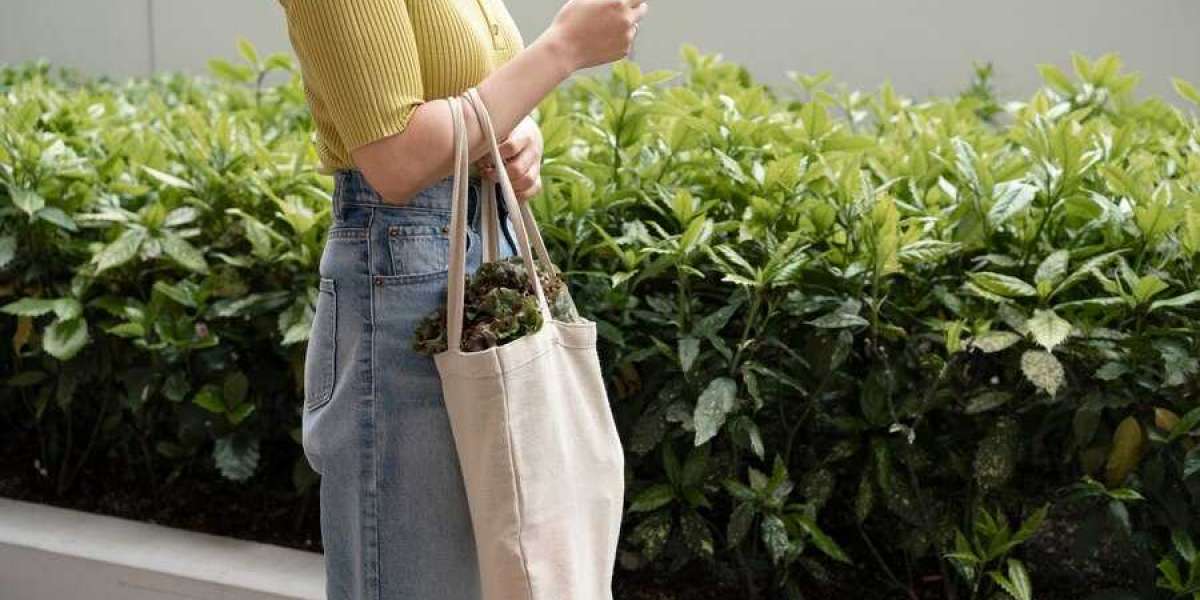Sustainable Fashion Tips You Need to Know
In today's world, where environmental concerns are at the forefront of many discussions, sustainable fashion has emerged as a crucial topic. Sustainable fashion encompasses a range of practices aimed at reducing the environmental and social impacts of clothing production and consumption. If you're looking to make more eco-friendly choices in your wardrobe, here are some essential tips to consider.
Firstly, prioritize quality over quantity. Invest in timeless pieces made from durable, sustainable materials that will last longer and withstand trends. Secondly, opt for second-hand or vintage clothing whenever possible, reducing the demand for new garments and minimizing waste. Thirdly, educate yourself about sustainable fashion brands and their ethical practices, supporting companies that prioritize fair labor conditions and environmentally friendly production methods. Finally, extend the lifespan of your clothing by properly caring for and repairing items, rather than automatically discarding them when they show signs of wear.
By implementing these sustainable fashion tips into your lifestyle, you can make a positive impact on both the planet and the fashion industry.
How to Build an Eco-Friendly Wardrobe
Building an eco-friendly wardrobe is a significant step towards reducing your environmental impact and promoting sustainable practices within the fashion industry. To start, assess your current wardrobe and declutter items you no longer wear or need. Next, focus on quality over quantity by investing in timeless, durable pieces made from sustainable materials such as organic cotton, hemp, or recycled fabrics.
Consider incorporating second-hand and vintage clothing into your wardrobe, as this reduces the demand for new garments and prevents perfectly usable items from ending up in landfills. Additionally, support ethical and eco-conscious brands that prioritize fair labor practices and environmentally friendly production methods.
To maintain your eco-friendly wardrobe, practice proper garment care by washing clothes in cold water, air-drying whenever possible, and avoiding harsh chemicals. Lastly, embrace creativity and versatility by learning to mix and match items to create new outfits, maximizing the use of each piece in your collection.
By following these steps, you can build a stylish and sustainable wardrobe that reflects your commitment to protecting the planet.
Discover the Latest Sustainable Fashion Trends
As sustainability continues to gain traction in the fashion industry, staying updated on the latest trends in eco-friendly fashion is essential for conscious consumers. One emerging trend is the rise of upcycling and repurposing clothing, where old garments are transformed into new, stylish pieces, reducing waste and promoting circular fashion practices.
Another trend to watch out for is the increased use of innovative sustainable materials such as plant-based fabrics like Tencel or Piñatex (made from pineapple leaves), as well as recycled materials like ocean plastic or discarded textiles.
Additionally, the concept of minimalist and capsule wardrobes is gaining popularity, encouraging consumers to invest in fewer, high-quality pieces that can be mixed and matched for versatile looks while reducing overall consumption.
Furthermore, transparency in fashion supply chains is becoming increasingly important, with brands disclosing information about their sourcing, manufacturing, and labor practices to ensure ethical and sustainable production.
By embracing these sustainable fashion trends, you can make a positive impact on the environment and contribute to a more ethical and responsible fashion industry.
Why Organic Cotton is the Best Choice for Your Clothes
Organic cotton has gained immense popularity in recent years, and for good reason. Choosing organic cotton for your clothes isn't just a fashion statement; it's a sustainable choice with numerous benefits.
Firstly, organic cotton farming methods eliminate the use of harmful synthetic pesticides and fertilizers, reducing water pollution and protecting biodiversity. This not only benefits the environment but also safeguards the health of farmers and nearby communities.
Secondly, organic cotton cultivation typically relies on rainwater, reducing the strain on local water sources compared to conventional cotton farming, which often requires extensive irrigation.
Furthermore, organic cotton fibers are naturally soft, breathable, and hypoallergenic, making them gentle on the skin and ideal for those with sensitivities.
By opting for organic cotton clothing, you're not only supporting sustainable agriculture but also investing in high-quality, comfortable garments that prioritize both your well-being and the planet's health. Making the switch to organic cotton is a small yet impactful step towards a more sustainable wardrobe and a healthier planet.
The Surprising Benefits of Choosing Hemp Clothing
Choosing hemp clothing offers a multitude of surprising benefits that extend far beyond simple style. Hemp, derived from the Cannabis sativa plant, is gaining recognition for its eco-friendly properties and versatile applications in the fashion industry.
One of the most remarkable benefits of hemp clothing is its sustainability. Hemp cultivation requires minimal water, pesticides, and synthetic fertilizers compared to conventional cotton farming, making it an environmentally friendly choice. Additionally, hemp plants grow quickly and densely, helping to prevent soil erosion and promoting soil health.
Moreover, hemp fibers are exceptionally durable, offering long-lasting wear and reducing the need for frequent replacement of clothing items. This durability also contributes to reduced waste, as hemp garments are less likely to end up in landfills.
Furthermore, hemp fabric is naturally antimicrobial and resistant to mold and mildew, making it ideal for moisture-wicking activewear and garments worn in humid climates.
By choosing hemp clothing, consumers not only support sustainable agriculture but also enjoy durable, comfortable, and odor-resistant garments that align with their eco-conscious values.


